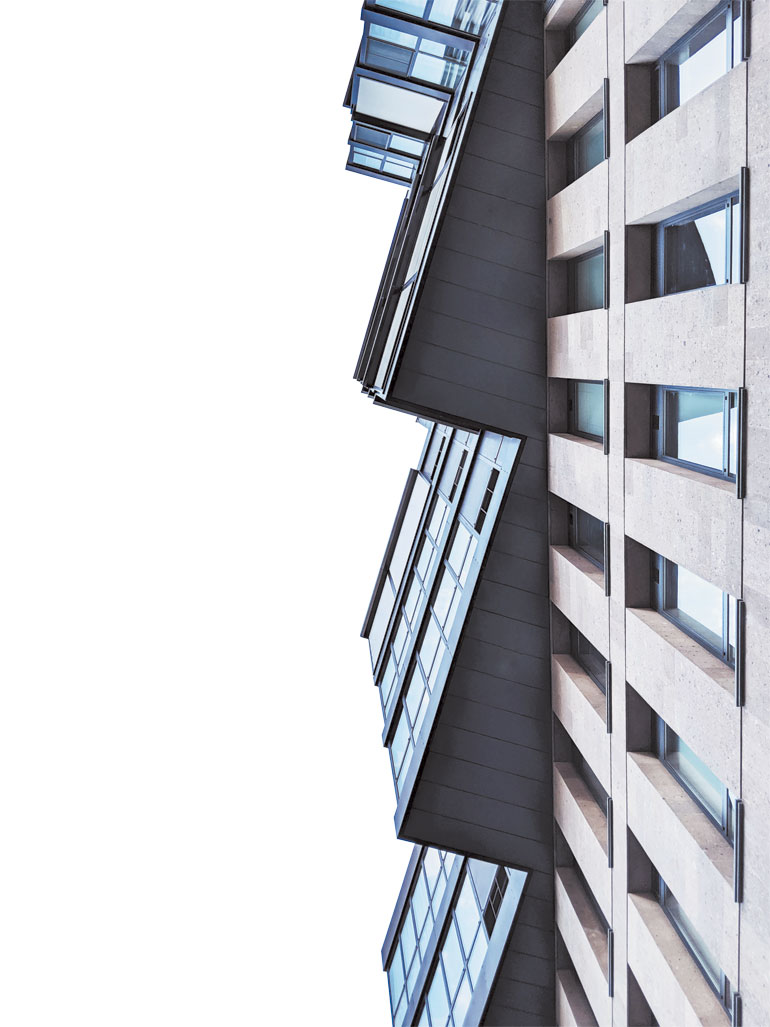A good start for Philippine real estate this year

By Adrian Paul B. Conoza, Special Features Assistant Editor
In spite of several challenges impacting both global and local economies, the Philippine real estate sector had a good start this 2022. In its most recent reports, professional services and investment management company Colliers Philippines observed optimism across property segments.
Within the residential segment, Colliers recorded demand having increased by 640 units in the first quarter (Q1) of the year. Demand is projected to reach 9,610 units for the whole year. While only 560 units were recorded for the same quarter, which is down 86% year-on-year (YOY), supply is expected to pick up by 20% with the delivery of 10,500 units by the end of 2022.
Colliers also found that rents declined by 0.2% quarter-on-quarter (QOQ), but it forecast rents and prices to increase by 1.5% and 2.7%, respectively, for the entire 2022. Vacancy, meanwhile, reached 17.8%, and is expected to further recede to 17.2% by the end of 2022.
Overall, the residential market is marked with optimism as economic sectors are opening up and returning to on-site work is being encouraged, Joey Roi Bondoc, Colliers Philippines’ associate director for research, observed.
“This, coupled with the return of more foreign employees should have a positive impact on residential leasing. Hence, we are projecting a gradual recovery in rents and prices which should extend beyond 2022,” Mr. Bondoc wrote in a report published last April. “Business and consumer confidence should spillover to the pre selling market. Hence, we project a recovery which should start by the second half of 2022.”
Optimism is likewise seen within the mass housing market, even amid the coronavirus pandemic, as Pammy Olivares-Vital, president of real estate developer Ovialand, noted.
“The home-buying market realized early on during the pandemic that a house and lot investment is more convenient, comfortable and long-term, that’s why it has been a very busy time for us since 2020,” Ms. Vital told BusinessWorld in an e-mail.
She shared that Ovialand’s revenues grew 91% in 2021, attributing such growth to the developer’s edge in swiftly building and turning over homes to its clients. It projects to grow by 35% to 40% this year.
“Even as we see signs of returning to pre-pandemic mobility, we still see a strong demand for our housing product as many Filipinos are choosing the option of living outside Metro Manila,” Ms. Vital continued.
Ovialand’s developments, which cater to the premium affordable category, are currently centralized in the Southern Luzon region, particularly in San Pablo, Laguna; Sto. Tomas, Batangas; and Candelaria, Quezon.
For Ms. Vital, the location of their developments matches very well with the increasing infrastructure and transport options in the said area. This, in turn, allows more Filipino homebuyers to explore their options outside Metro Manila.
The Ovialand president thus hopes that the incoming administration will continue ongoing infrastructure and transportation plans, “as the connectivity of towns and cities allow developers to find new areas of development rather than be limited to progressive areas already where land prices are no longer feasible for affordable house and lot.”
“We are looking forward to the rehabilitation of the PNR Train Systems as well, allowing the Makati CBD to be only a train ride away from our areas of development,” she added.
Building costs
One of the challenges the real estate sector has been dealing with recently is the increase in prices of building materials.
Reported earlier in June, preliminary data from the Philippine Statistics Authority showed that retail prices of construction materials in the National Capital Region last February grew to its fastest pace in more than five years. Metro Manila’s construction materials retail price index increased from 3% in January to 3.3% in February, up by 1.1% YOY.
Feeling the impact of these increased prices, Ovialand responded by securing bulk supply with suppliers and committing to its fast building of houses.
“Our speed and efficiency is one way for us to combat the rising prices. By selling houses closer to the date of procurement of materials, we are able to price our house and lot products accordingly,” Ms. Vital said.
Office segment
A positive picture was also seen in the office segment, with Colliers having tallied a positive net take-up in Q1 2022 after seven consecutive quarters of negative absorption. About 146,100 square meters (sq. m.) of office deals were recorded in Q1 2022, more than the 134,100 sq. m. in the fourth quarter (Q4) of 2021. 306,100 sq. m. of new office space was added to the market’s supply, more than double the 114,300 sq. m. from Q4 2021.
“Traditional and outsourcing companies continue to dominate demand as they take advantage of the rental correction and availability of new office buildings in major business districts,” Colliers’ report explained. “Companies’ return to office mandates should also support office absorption over the next 12 months.”
Office rents declined by an average of 3.1% QOQ in Q1, and it is projected to drop by about 5% this year before a recovery starts next year. Office vacancy, meanwhile, increased to 17.3% in Q1 from 15.7% in Q4 2021. With the projected completion of about 821,900 sq. m. of new supply, Colliers revised its year-end forecast to about 18.2% from 18.9%.
Retail market
The retail market is also seeing a good start this year as consumer confidence improves and malls get more foot traffic recently.
 Demand for retail space, which Colliers tallied at an increase of 74,000 sq. m., is expected to be led by food & beverage retailers for the remainder of this year, although clothing segments are also seen to be picking up demand. Also, from Q4 2021 to Q1 2022, 130,000 sq. m. of new retail space was completed, and a total of 409,000 sq. m. is expected to be completed in 2022.
Demand for retail space, which Colliers tallied at an increase of 74,000 sq. m., is expected to be led by food & beverage retailers for the remainder of this year, although clothing segments are also seen to be picking up demand. Also, from Q4 2021 to Q1 2022, 130,000 sq. m. of new retail space was completed, and a total of 409,000 sq. m. is expected to be completed in 2022.
Retail rents, meanwhile, have dropped by 15% compared to levels before the pandemic, but a slow recovery is forecast as the rise in household spending and consumer traffic influences rents starting in the second half of 2022.
Retail vacancy, on the other hand, continued to rise in Metro Manila at 15.2% in Q1 2022 from 14.8% in the third quarter of 2021. It is seen to reach 16% by the end of 2022.
“Aside from revenge shopping and dining which we project to kick in starting Q2 (second quarter) 2022, we see more opportunities in the market given mall operators’ and retailers’ propensities to innovate amid a liberalized playing field. Consumer confidence abounds and this should have a positive impact on mall space absorption and rents in 2022,” Colliers explained in a separate report.
Cause for discernment
While positive performances and outlooks have largely characterized property segments in the country for the first three months, global challenges such as the war between Russia and Ukraine and the inflation in the United States bring a cause for discernment among investors.
“These global challenges will definitely have direct impacts on us locally — and while I believe this will not slow down the real estate industry — it will make the market more discerning and astute when it comes to their investments,” Ms. Vital of Ovialand said.
“Developers and business owners alike must be in tune with their market to understand the changing needs of the people,” she added.



